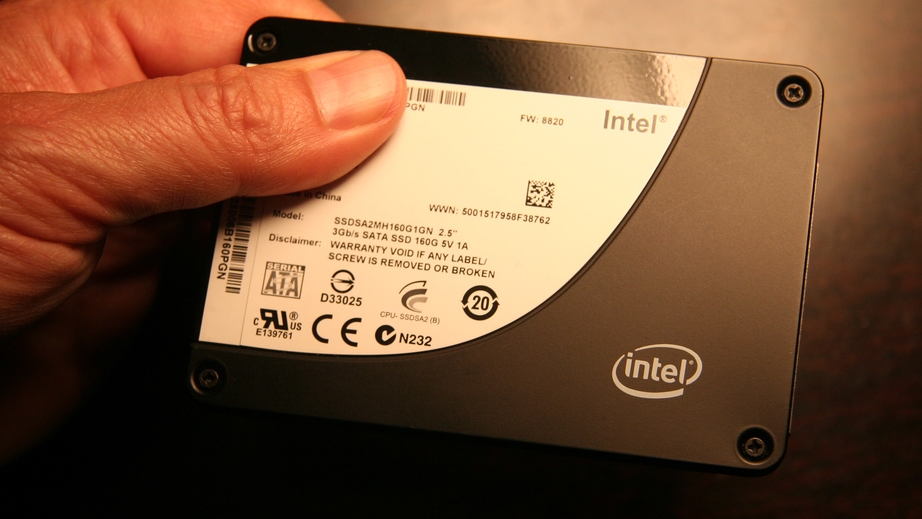Could you picture a an SSD the size of a packet of gum that housed 3.5TB of capacity? Neither can we but Intel and Micron seems to be intent on making such a device.
Flash memory supplier and manufacturer, Micron, has started volume shipments of 3D NAND flash chips. These chips will be used in the next generation of Intel SSD storage and could make mass storage on flash memory a reality for consumers.
According to PC World, the chips in question could fit 3.5TB on a drive the size of a packet of gum and as much as 10TB on a regular sized 2.5inch SSD.
At present Intel SSDs have a maximum capacity of 4TB, the use of Micron 3D NAND based chips could as much as triple this capacity with the use of Xpoint technology.
Using Xpoint could increase the performance of SSDs because it is 10 times more dense than regular memory chips, and has a longer lifespan.
Unfortunately Micron and Intel have not explicitly said that it will use Xpoint technology.
Does this signal the start of the storage wars?
The problem Intel and Micron have at the moment is that they are relatively late to the game. Samsung and Toshiba have both been shipping SSDs with 3D NAND flash for sometime now.
The Samsung 850 series SSDs are widely regarded as some of the best SSD storage options around and make use of V NAND, something similar to 3D NAND. Micron believes its chips offer three times the storage capacity compared to competitors because storage chips are stacked on top of each other to save space and increase efficiency.
According to the manufacturer, by using floating-gate cells, reliability as well as capacity can be improved on.
The result would be smaller notebooks, SSD drives and even smartphones with super fast and reliable storage. The point on smartphones excites us to no end, perhaps 2016 will be the year we see an end to the paltry 16GB storage on these devices?
The manufacturing process for these drives is pretty lengthy but with promises of greater capacity and more importantly, more speed, we’re inclined to wait patiently for them.
[Via – PC World] [Image – CC BY/2.0 Intel Free Press]

